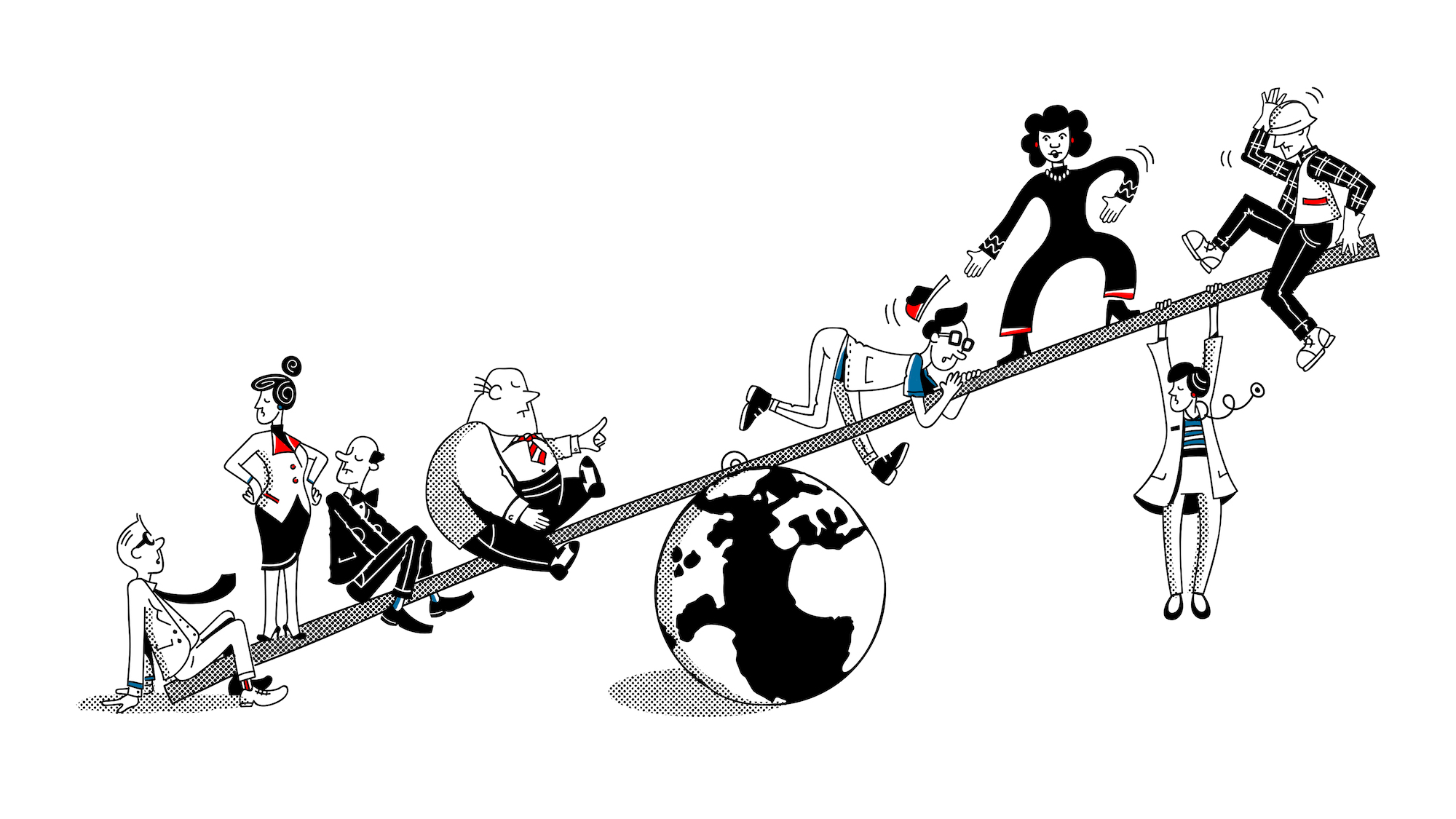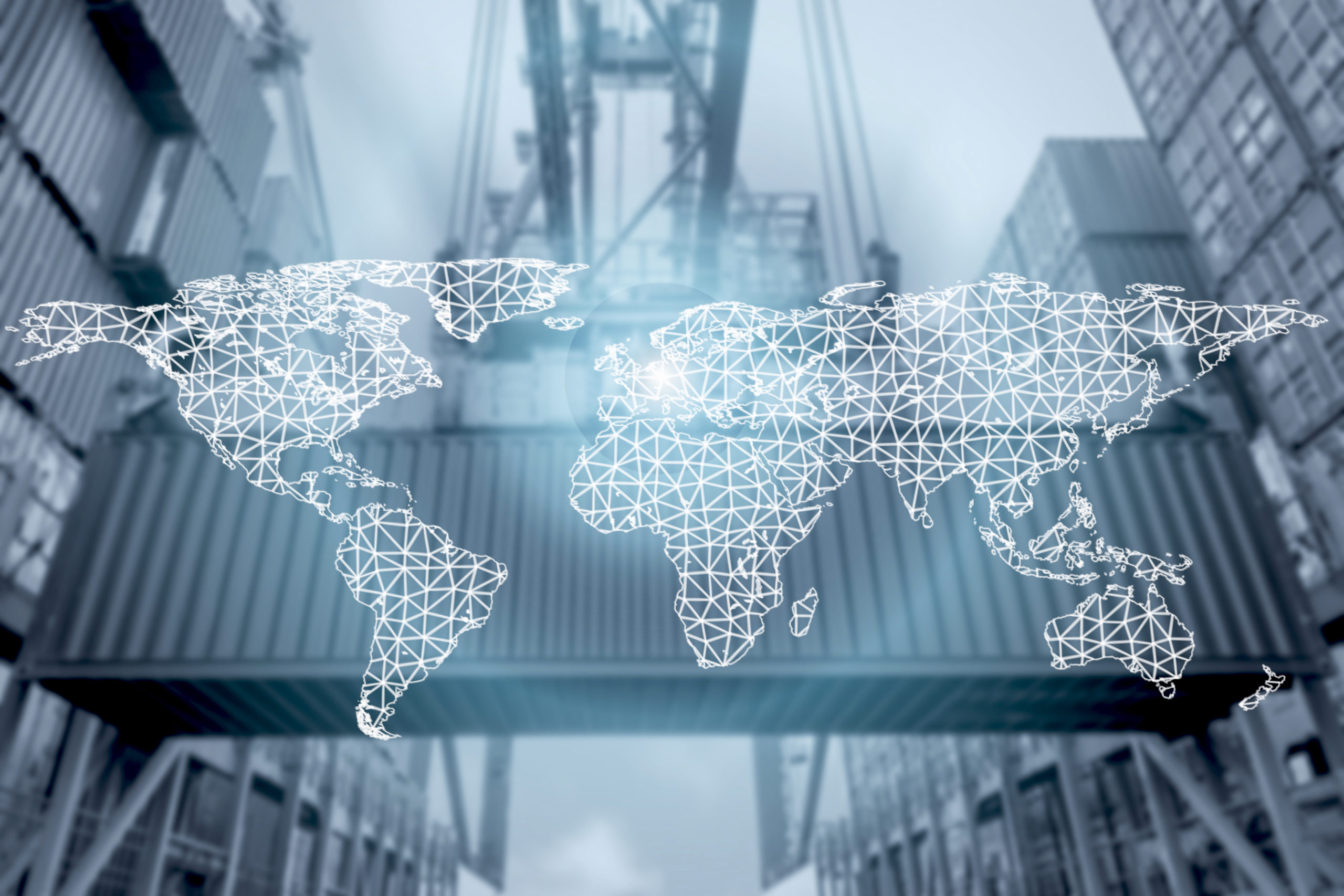

RECOMMENDED READING
Economic theorists treat globalization as the free market’s natural end state. But trade practitioners know that the opposite is true—that efforts at stitching together the world’s economies are among the messiest sausage-making exercises in policymaking. The protracted process of establishing rules to “liberalize” trade suffers from all the same maladies that free traders warn would accompany protection of the domestic market. Their latest project, reviving the “Trans Pacific Partnership” (TPP), provides the latest and greatest case in point.
As the relationship between the United States and China rapidly deteriorates, many are awaiting to the Biden Administration’s soon-to-be-released economic strategy for the Asia-Pacific. Some in Congress, the business community, and assorted editorial boards are again pushing for the U.S. to rejoin the Trans-Pacific Partnership (TPP)—what was supposed to be a regional free trade agreement between the United States and 11 other countries bordering the Pacific. It was originally an Obama Administration idea, as part of its so-called “pivot to Asia.” Though it had completed negotiations, the Obama Administration never submitted the agreement to Congress, because it was never close to having enough votes for passage. In 2017 President Trump officially pulled the United States out of the TPP, and the other 11 countries eventually agreed to a watered-down deal known as the “Comprehensive and Progressive Agreement for Trans-Pacific Partnership” (CPTPP).
Rejoining the TPP would be a serious mistake. The agreement was oversold from the beginning as a way to increase American exports and create a counterweight to China’s rise. But it would do neither of these things. Instead, it would encourage multinational companies to create supply chains outside the United States and thus generate even more imports, further erode American manufacturing, and increase our already staggering trade deficit. From the perspective of American workers, the terms of the TPP are the weakest of any of our trade agreements. Let’s look at the facts.
First, the TPP would do almost nothing to help create jobs here. We already have free trade agreements (FTAs) with six of the 11 potential member states—Canada, Mexico, Singapore, Peru, Chile, and Australia. These six include almost every major economy in the TPP. The agreement would give the U.S. no new significant market access in any of them. Of the remaining five countries, 95% of the total GDP covered is in one market: Japan. But principal new market access gained in Japan from the TPP would be in the agriculture sector, which the Trump Administration already gained substantially through a bilateral agreement in 2019. So, there is no real benefit to the TPP with respect to Japan either.
The final four countries covered by the TPP are: New Zealand, with a tiny economy and an agriculture sector that could damage ours; Brunei, with a GDP a tenth the size of Cleveland, Ohio; Malaysia; and Vietnam. These last two have small, but not insignificant, economies—each is less than half the size of Ohio—but we already have large trade deficits with both. In Vietnam, for instance, exports to the U.S. represent about 25% of its total economy, and their surplus with us is $81 billion and growing rapidly. Does anyone really think that we will benefit from further integration of our economy with communist Vietnam? Further, considering our enormous leverage in trade talks, why don’t we just insist that they give us market access if we think it could help us? On a smaller scale, the same is true of Malaysia. It is no surprise then that when the International Trade Commission modeled the effects of the TPP, it found no significant new exports for Americans.
The geopolitical argument for joining the TPP is equally fallacious. Although its supporters are a bit vague here, they seem to believe that, if we import more from these countries and increase our trade deficits with them, they will be our friends and oppose China. This is nonsense. It is inconceivable that more trade with any of these countries will change how they relate to China. Six are already FTA partners, and of the others New Zealand and Japan are among our most steadfast allies in resisting the Chinese threat. Does anyone really believe that Vietnam, Malaysia, or Brunei will befriend us and oppose China’s because of trade? Vietnam, for example, has both an 800-mile border and a very difficult history with China. The Vietnamese will certainly take our money and our jobs, but that certainly would not incent them to risk their future by confronting the enormous threat on their border.
The potential gains from TPP are illusory. We will not gain significant new U.S. exports or geopolitical influence. But the potential harms to American workers are all too real. The TPP includes very troubling concessions that would levy substantial costs on American manufacturing and immediately endanger thousands of American jobs in the automobile, auto parts, and steel industries.
Every trade agreement has what are called “rules of origin” that dictate how much of the content of products benefiting from the agreement must be made in the region. NAFTA’s weak rules of origin were a principal reason why so many American jobs moved to Mexico. The United States–Mexico–Canada Agreement (USMCA) negotiated under President Trump reversed them and required that 75% of cars be made in our region and that 40% be made with wages too high for Mexico. The TPP, by contrast, encourages producers to ship jobs overseas by requiring that only 45% of a car be made in the TPP region to obtain duty-free treatment. So, a product could be 45% made in Vietnam and 55% in China, despite China not belonging to the TPP, and it would qualify for special treatment in the United States. This would help China and probably Vietnam but cost us dearly.
Further, weaker rules of origin would supersede the tougher pro-U.S. rules for Canada and Mexico as well. In joining the TPP, we would essentially surrender our gains from USMCA for no additional access to two of our biggest trading partners. The automobile plants that are coming back to the U.S. would head right back to Mexico.
The TPP is bad for American manufacturing workers beyond its weak rules of origin. Unlike the USMCA, it has no enforceable labor or environmental requirements. It has no currency provisions and no sunset provisions to encourage our trading partners to give us better treatment in the future. It includes waivers from “Buy America” requirements and establishes investor tribunals that will encourage outsourcing of American jobs and drive investment away from America. And it largely excludes financial services—a rare area where the United States has a competitive advantage—from the benefits of digital trade access.
The TPP is a bad agreement, and joining it now would be a serious mistake. Doubling down on globalization would not only jeopardize American interests, but ignore lessons of the last three decades. If we are worried about China and its growing influence in the Pacific, as we should be, the most important thing we can do is to trade less with them. China’s $320 billion annual trade surplus with us is a major reason for their economic growth and military build-up. The best counter to China and the best service we can provide our allies is to have a strong U.S. economy, a strong industrial base, and a lower trade deficit.
Recommended Reading
Weighing In
Commentators and policy analysts respond to our analysis of globalization and proposals to restore balance to the American economy
Time for a Hegelian Synthesis on Trade and Globalization
German philosopher Hegel postulated that history progresses through thesis, antithesis and then synthesis. Today we are seeing the first two dynamics with trade policy and attitudes towards globalization; we desperately need the third.
America Should Use Existing Tools, Not Fashion New Ones
The debate over free trade versus protectionism has been around for hundreds of years, with a level of political prominence that has varied over time. After a relatively quiet period in the post-war era, the modern debate over trade and globalization’s rules and institutions has grown quite contentious.












